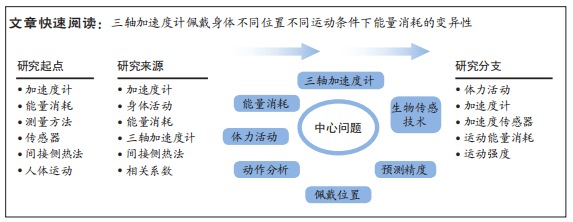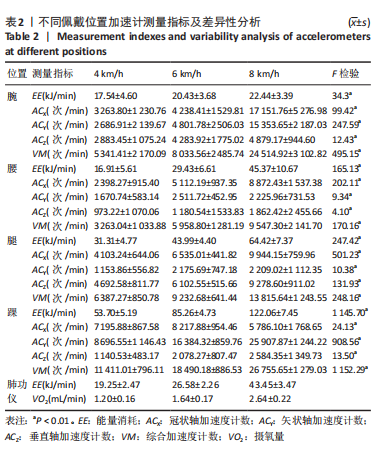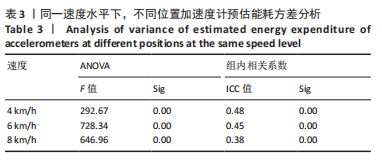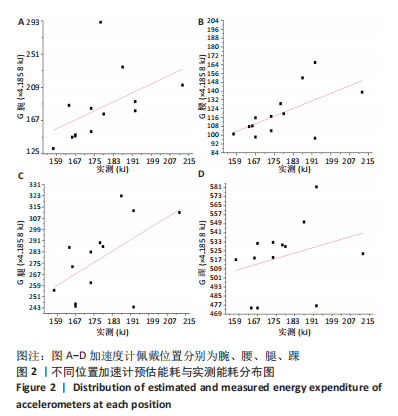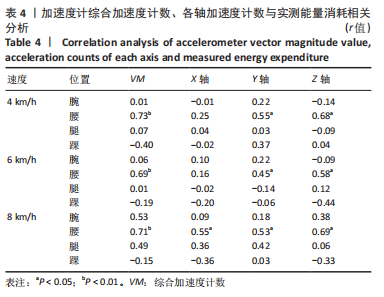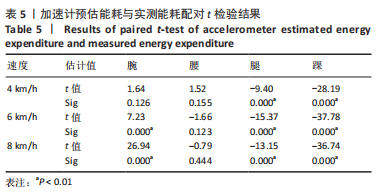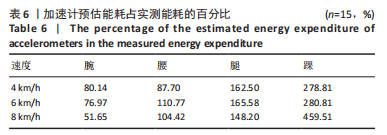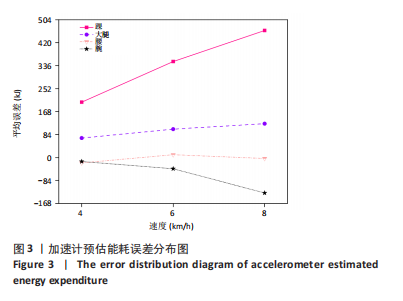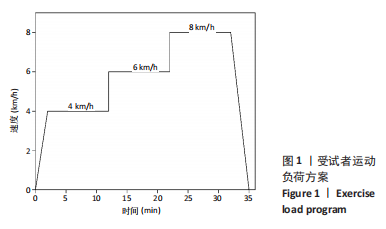[1] EKBLOM‐BAK E, EKBLOM Ö, ANDERSSON G, et al. Decline in cardiorespiratory fitness in the Swedish working force between 1995 and 2017. Scand J Med Sci Sports. 2019;29(2):232-239.
[2] VAN SLUIJS EMF, EKELUND U, CROCHEMORE-SILVA I, et al. Physical activity behaviours in adolescence: current evidence and opportunities for intervention. The Lancet. 2021;398(10298):429-442.
[3] JAKICIC JM, KRAUS WE, POWELL KE, et al. Association between bout duration of physical activity and health: systematic review. Med Sci Sport Exer. 2019;51(6):1213-1219.
[4] 马勇,马佳仪,孙志远,等.体力活动测量方法与工具的新趋势[J].山东体育学院学报,2021,37(4):112-118.
[5] ZUSMAN O, KAGAN I, BENDAVID I, et al. Predictive equations versus measured energy expenditure by indirect calorimetry: a retrospective validation. Clin Nutr. 2019;38(3):1206-1210.
[6] BROOKE SM, AN HS, KANG SK, et al. Concurrent validity of wearable activity trackers under free-living conditions. J Strength Cond Res. 2017;31(4):1097-1106.
[7] BUNN JA, NAVALTA JW, FOUNTAINE CJ, et al. Current state of commercial wearable technology in physical activity monitoring 2015–2017. In J Exer Sci. 2018;11(7):503-515.
[8] CAIN KL, SALLIS JF, CONWAY TL, et al. Using accelerometers in youth physical activity studies: a review of methods. J Phys Act Health. 2013; 10(3):437-450.
[9] RAMAKRISHNAN R, DOHERTY A, SMITH-BYRNE K, et al. Accelerometer measured physical activity and the incidence of cardiovascular disease: Evidence from the UK Biobank cohort study. PLoS Med. 2021;18(1): e1003487.
[10] 解浩东,罗炯,张庭然.三轴加速度计用于体力活动的评估:现状与未来[J].中国组织工程研究,2018,22(35):5706-5714.
[11] FARRAHI V, NIEMELÄ M, KANGAS M, et al. Calibration and validation of accelerometer-based activity monitors: A systematic review of machine-learning approaches. Gait Posture. 2019;68:285-299.
[12] MONTOYE AH, DONG B, BISWAS S, et al. Validation of a wireless accelerometer network for energy expenditure measurement. J Sport Sci. 2016;34(21):2130-2139.
[13] KÜHNHAUSEN J, DIRK J, SCHMIEDEK F. Individual classification of elementary school children’s physical activity: a time-efficient, group-based approach to reference measurements. Behav Res Methods. 2017;49(2):685-697.
[14] MONTOYE AHK, CLEVENGER KA, PFEIFFER KA, et al. Development of cut-points for determining activity intensity from a wrist-worn ActiGraph accelerometer in free-living adults. J Sport Sci. 2020;38(22): 2569-2578.
[15] 徐则超,宫照龙,张宇,等.大学生身体活动、久坐时间与腰围、体脂率的关系—等时替换模型[J].卫生研究,2022,51(2):189-194.
[16] 刘阳.基于加速度计的身体活动测量研究前沿[J].北京体育大学学报,2016,39(8):66-73.
[17] WU PT, WU WL, CHU IH. Energy expenditure and intensity in healthy young adults during exergaming. Am J Health Behav. 2015;39(4):556-561.
[18] SASAKI JE, JOHN D, FREEDSON PS.Freedson. Validation and comparison of ActiGraph activity monitors. J Sci Med Sport. 2011;14(5):411-416.
[19] ARVIDSSON D, FRIDOLFSSON J, BÖRJESSON M. Measurement of physical activity in clinical practice using accelerometers. J Intern Med. 2019;286(2):137-153.
[20] SHEI RJ, HOLDER IG, OUMSANG AS, et al. Wearable activity trackers–advanced technology or advanced marketing?. Eur J Appl Physiol. 2022;122(9):1975-1990.
[21] AUDREY S, BELL S, HUGHES R, et al. Adolescent perspectives on wearing accelerometers to measure physical activity in population-based trials. Eur J Public Health. 2013;23(3):475-480.
[22] ROBERTSON W, STEWART-BROWN SL, WILCOCK E, et al. Utility of accelerometers to measure physical activity in children attending an obesity treatment intervention. Int J Obesity. 2011;2011:398918.
[23] KELLY LA, MCMILLAN DGE, ANDERSON A, et al. Validity of actigraphs uniaxial and triaxial accelerometers for assessment of physical activity in adults in laboratory conditions. BMC Med Phys. 2013;13(1):5.
[24] DE VRIES SI, ENGELS M, GARRE FG. Identification of children’s activity type with accelerometer-based neural networks. Med Sci Sport Exer. 2011;43(10):1994-1999.
[25] HIBBING PR, LAMUNION SR, KAPLAN AS, et al. Estimating Energy Expenditure with ActiGraph GT9X Inertial Measurement Unit. Med Sci Sport Exer. 2018;50(5):1093-1102.
[26] HICKS H, LAFFER A, MEYER K, et al. Estimates of physical activity in older adults using the ActiGraph low-frequency extension filter. J Meas Phys Behav. 2021;4(2):118-125.
[27] ATRSAEI A, DADASHI F, HANSEN C, et al. Postural transitions detection and characterization in healthy and patient populations using a single waist sensor. J Neuroeng Rehabil. 2020;17(1):70.
[28] JOHNSON MJ, TUREK J, DORNFELD C, et al. Energy Expenditure And Step Count Accuracy Of The Actigraph wGT3X-BT During Walking And Running: 1265 Board# 4 June 2, 8: 00 AM-10: 00 AM. Med Sci Sport Exer. 2016;48(5S):328.
[29] ARVIDSSON D, FRIDOLFSSON J, BÖRJESSON M. Measurement of physical activity in clinical practice using accelerometers. J Intern Med. 2019;286(2):137-153.
[30] WANG J, CHEN Y, HAO S, et al. Deep learning for sensor-based activity recognition: A survey. Pattern Recogn Lett. 2019;119:3-11.
[31] 王军利,张冰,贾丽雅,等.4种运动传感器测量身体活动能耗的有效性研究[J].天津体育学院学报,2012,27(5):427-431.
[32] 赵壮壮,陈培友.不同加速度传感器测量人体走跑运动能量消耗对比研究[J].北京体育大学学报,2013,36(4):77-81.
[33] O’DRISCOLL R, TURICCHI J, BEAULIEU K, et al. How well do activity monitors estimate energy expenditure? A systematic review and meta-analysis of the validity of current technologies. Brit J Sport Med. 2020; 54(6):332-340.
|
